
August 30 Saint Alexandros, of Constantinople OMHKSEA
Alexandros of Antioch was a sculptor of the Hellenistic period. He is widely believed to have created one of the most famous classical sculptures, the Venus de Milo statue. Alexandros was known to work as a wandering artist on commission, although little else is known about his life.

Alexandros of Antioch
Alexandros of Antioch. The Venus from Melos, gesturing toward Cupid, shows the apotheosis of the ideal sculptural style under the stewardship of Hellenistic Greece, as produced by the superb Alexandros, who with a handful of colleagues cruelly leave the ruins of their works, deistic and profane (e.g. Nike of Samothrace, the Apollo Belvedere.

Alexandros antioch Banque de photographies et d’images à haute résolution Alamy
Known also as the Aphrodite of Milos, the Venus de Milo is a marble sculpture that was likely created by Alexandros of Antioch (2nd - 1st century BCE)-a Greek sculptor from the Hellenistic period —during the late 2nd century BCE. It features a nearly nude, larger-than-life (6 feet, 8 inches tall) female figure posed in a classical S-curve.
__from_melos__greece__ca_150-125_bce1350349385086.jpeg)
Art History 1701 > Beldenadams > Flashcards > Midterm Image List StudyBlue
Venus de Milo (Between 150 and 125 BC) attributed to Alexandros of Antioch. 204 cm. Louvre Museum, Paris, France.Image source Jastrow via Wikimedia Commons (Public domain) An Unexpected Discovery. Sometimes known also as Aphrodite of Milos, the Venus de Milo was carved in marble sometime between 150 and 125 BC. The circumstance of the sculpture's original creation is a mystery, but it is.

alexandros of antioch
Produced in the Hellenistic art period, the Venus de Milo sculpture is believed to have been created by Alexandros of Antioch between the years 150 BC and 125 BC. The famous statue without arms is thought to portray Venus in Rome, or Aphrodite, as she is known in Greece. Others believe it is a representation of Amphitrite, the sea goddess.
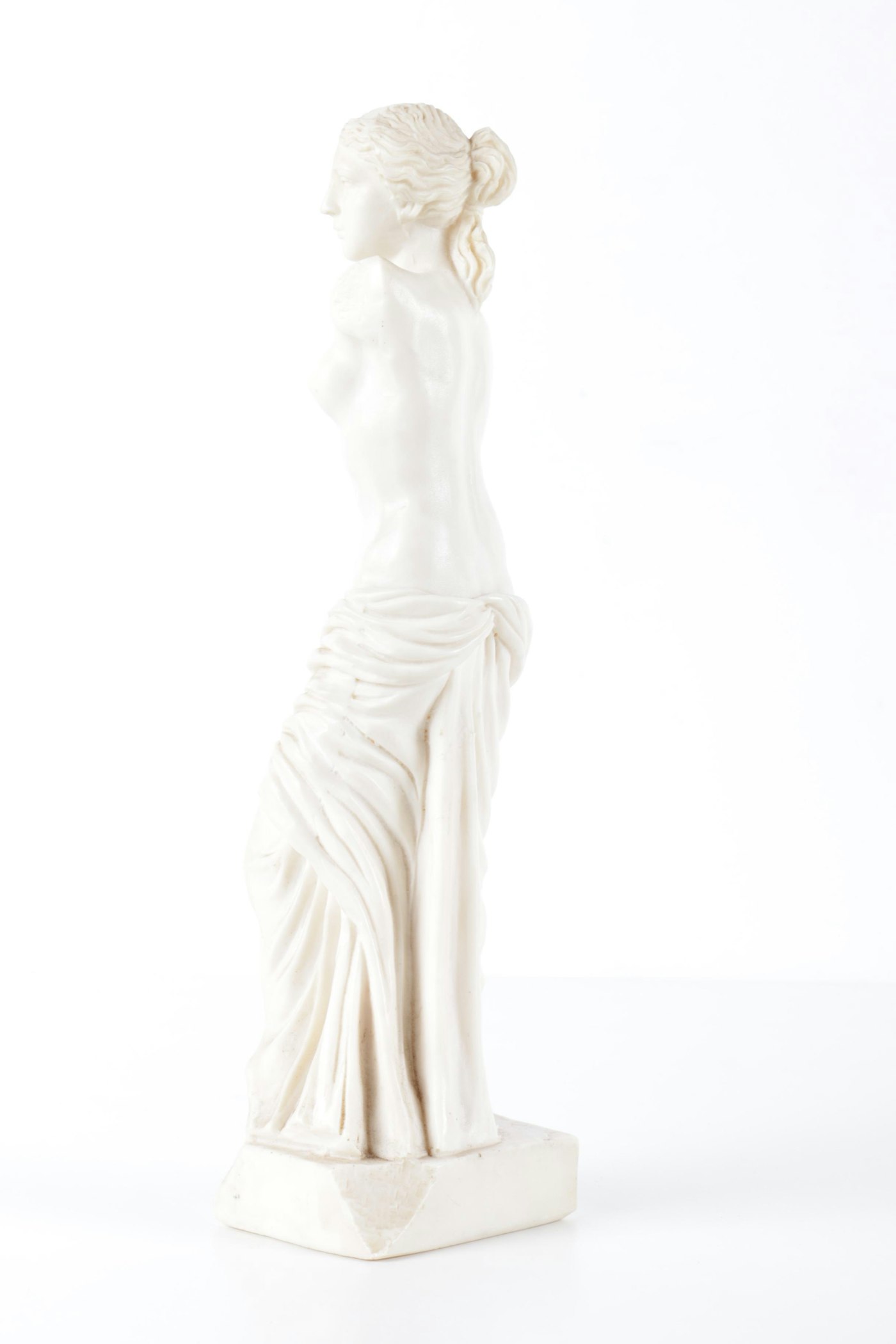
Resin Reproduction Sculpture after Alexandros of Antioch's Venus de Milo EBTH
From an inscription that was on its plinth, it is thought to be the work of Alexandros of Antioch. It is currently on permanent display at the Louvre Museum in Paris. The arms and original plinth were lost following the discovery of the statue.

Big Apple Secrets Venus de Milo. Alexandros of Antioch,Dine and Dali.
Alexandros of Antioch, a Greek sculptor of the Hellenistic period, is believed to have sculpted the famous statue of the Venus de Millo found on the Greek island of Melos in 1820. A base found near the statue bore the inscription 'Alexandros, son of Menides, citizen of Antioch of Meander made the statue'. Profile Born: fl. ca. 150 BC Gender: Male

Venus De Milo Alexandros of Antioch 3D Print Etsy
Base Deception In 1821, the French carved a classical Greek sculpture. In the Venus de Milo, they thought they finally had one. Never mind that it wasn't really classical Gregory Curtis October.
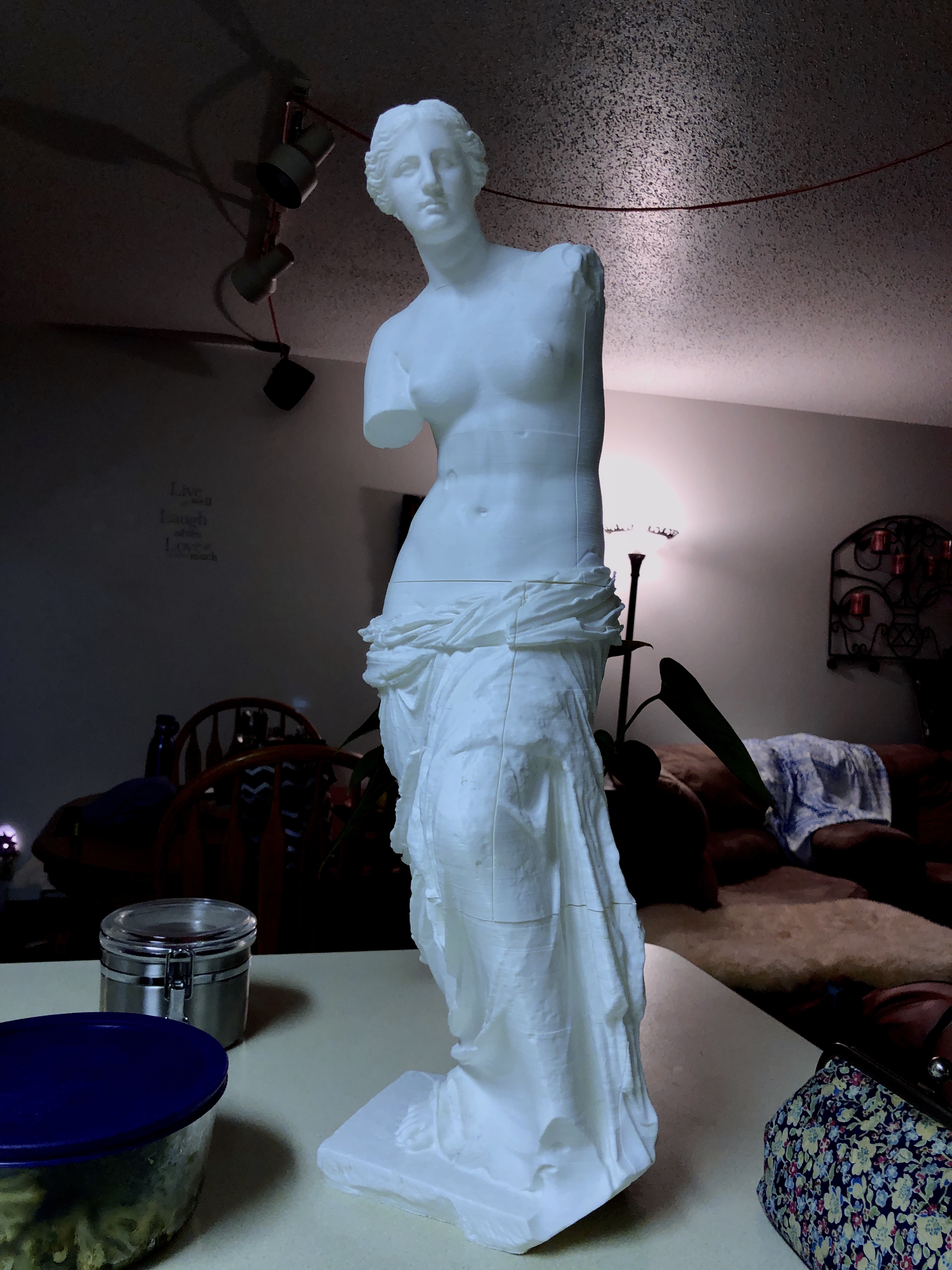
3D Printable Venus de Milo (Aphrodite of Milos) by SMK Statens Museum for Kunst
Alexandros of Antioch Hellenistic sculptor Date of Birth N/A Date of Death N/A More about Alexandros of Antioch Name Alexandros Speciality Sculptor View all Works by Alexandros of Antioch Venus de Milo Maura Wilson Contributor Alexandros of Antioch may or may not have been tall, dark, or handsome, but this man of mystery certainly had talent

Smile Art Design Alexandros of Antioch's Masterpiece Venus Statue Venus de Milo Teal Blue Bubble
Alexandros of Antioch is credited with the statue's creation. Drawing of 'Venus de Milo' on its lost plinth. / Wikimedia Commons // Public Domain A sculptor of the Hellenistic period,.

Megas Alexandros Eye witnesses of an earthquake in AntiochontheOrontes
From Milo to the Louvre. Together with the Mona Lisa and The Winged Victory of Samothrace, the Venus de Milo is one of the three most famous female figures in the Louvre. Her name comes from the Greek island of Melos (now called Milos), where she was found in 1820 and acquired almost immediately by the Marquis de Rivière, the French ambassador to Greece at that time.
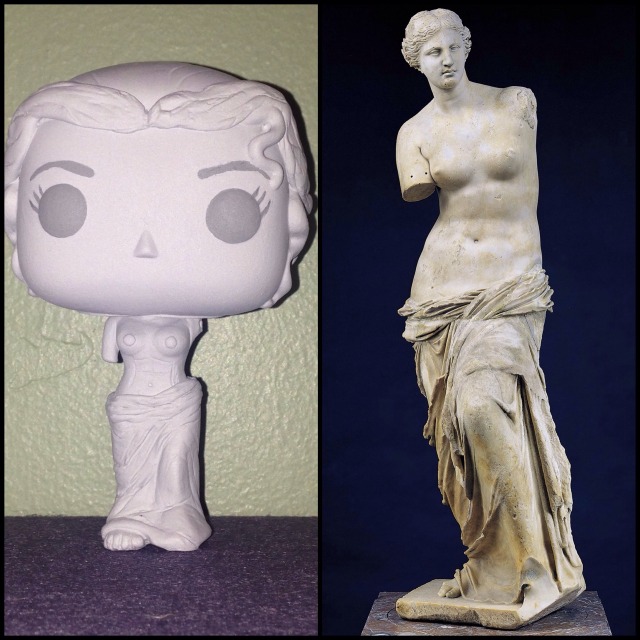
HamilPOP — Venus de Milo Alexandros of Antioch Hellenic,...
The Venus de Milo was sculpted by the artist Alexandros of Antioch as a depiction of the Greek goddess of love, Aphrodite and is the most famous sculpture and, after the Mona Lisa, the most famous work of art in the world. It is currently on permanent display at the Louvre Museum in Paris. The statue was discovered in 1820 on Milos island in.
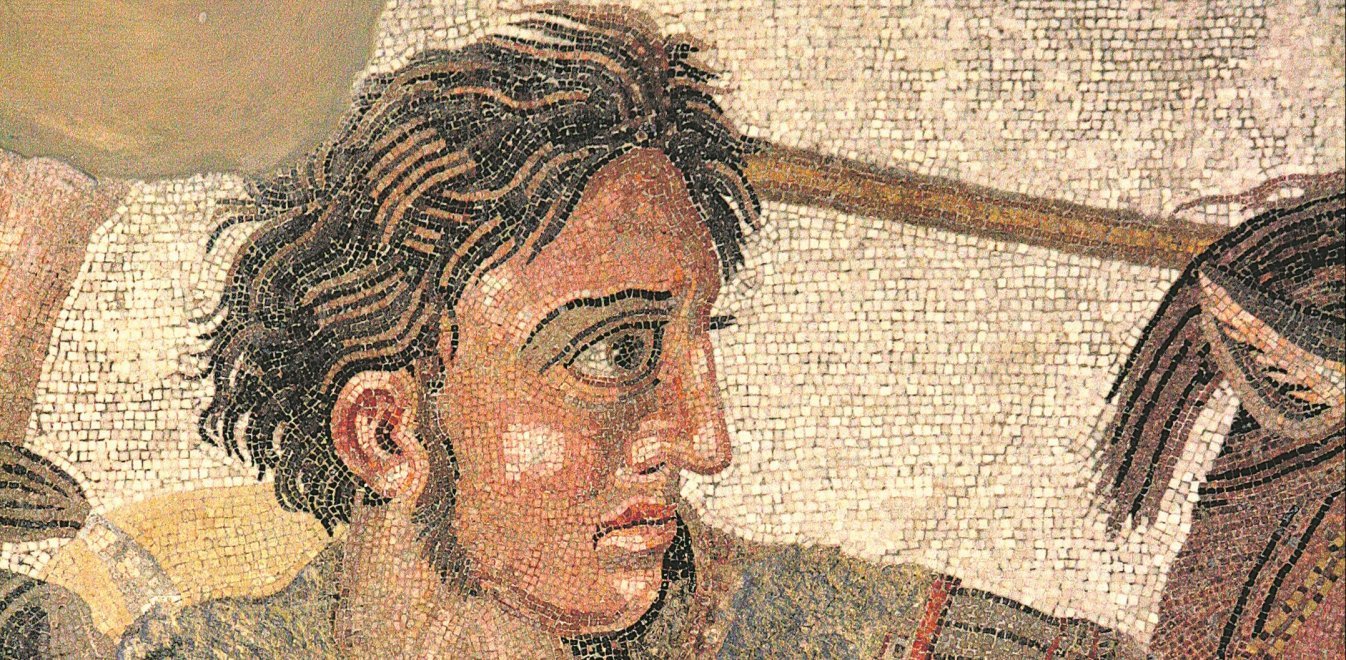
Μακεδονικό Τα επιχειρήματα των Σκοπίων κι η αντίκρουσή τους Έθνος
by World History Edu · November 15, 2022 Created sometime between 150 and 125 BC, the Venus de Milo is universally recognized as one of the greatest works of art ever created. The ancient Greeks laid the groundwork for the creative technique we know today through their detailed anatomical studies and naturalistic representations of the human form.

Alexandros of Antioch
Originally carved in two blocks of marble then fitted together, the statue stands 6 feet 7 inches from head to toe and is the creation of an artist named Alexandros of Antioch, about whom little.
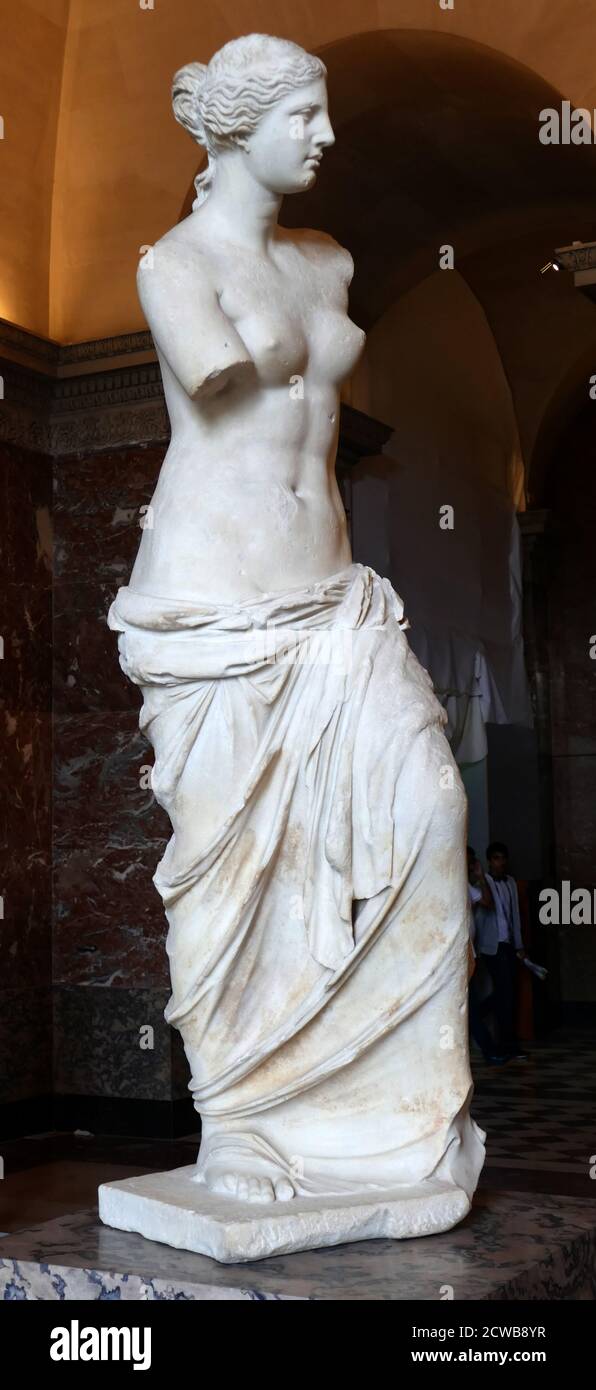
Antioch ancient hires stock photography and images Alamy
Greece Associated Locale Antioch on the Maeander (Extinct city) Field of Activity Statues Marble sculpture Occupation Sculptors Exact Matching Concepts from Other Schemes http://viaf.org/viaf/sourceID/LC%7Cno2018034360#skos:Concept Closely Matching Concepts from Other Schemes Alexandros of Antioch Label from public data source Wikidata Sources

alexandros of antioch
On the basis of a now-lost inscription found near the sculpture, it has been attributed to Alexandros from Antioch on the Maeander, though the name on the inscription is uncertain and its connection to the Venus is disputed. The original pose of the sculpture is unknown.